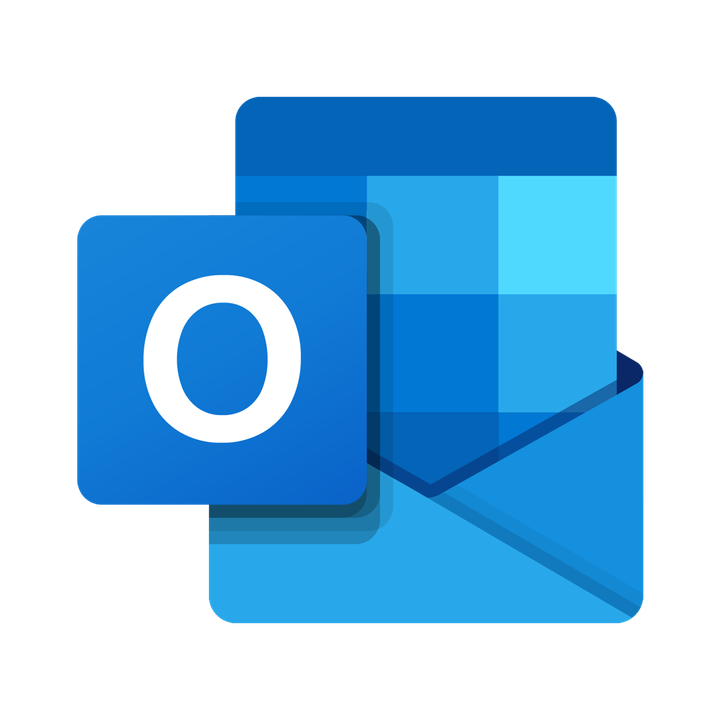



Followers
1
Category
Productivity
Tag
Software
Microsoft Outlook is a personal information manager software system from Microsoft, available as a part of the Microsoft Office suite. Though primarily an email client, Outlook also includes such functions as calendaring, task managing, contact managing, note-taking, journal logging, and web browsing.
Resource: Wikipedia
Yahoo Mail
Yahoo! Mail is an email service launched on October 8, 1997, by the American company Yahoo, Inc. It offers four different email plans: three for personal use (Basic, Plus, and Ad Free) and another for
Gmail
Gmail is a free email service provided by Google. As of 2019, it had 1.5 billion active users worldwide. A user typically accesses Gmail in a web browser or the official mobile app. Google also suppor
Microsoft PowerPoint
Microsoft PowerPoint is a presentation program, created by Robert Gaskins and Dennis Austin at a software company named Forethought, Inc. It was released on April 20, 1987, initially for Macintosh Sys
Microsoft OneDrive
Microsoft OneDrive (previously known as SkyDrive) is a file hosting service and synchronization service operated by Microsoft as part of its web version of Office. First launched in August 2007, OneDr
Microsoft To Do
Microsoft To Do (previously styled as Microsoft To-Do) is a cloud-based task management application. It allows users to manage their tasks from a smartphone, tablet and computer. The technology is pro
Microsoft Word
Microsoft Word is a word processor developed by Microsoft. It was first released on October 25, 1983, under the name Multi-Tool Word for Xenix systems. Subsequent versions were later written for sever
Microsoft Excel
Microsoft Excel is a spreadsheet developed by Microsoft for Windows, macOS, Android and iOS. It features calculation, graphing tools, pivot tables, and a macro programming language called Visual Basic
Microsoft Teams
Microsoft Teams is a proprietary business communication platform developed by Microsoft, as part of the Microsoft 365 family of products. Teams primarily competes with the similar service Slack, offer
Visual Studio Code
Visual Studio Code is a source-code editor made by Microsoft for Windows, Linux and macOS. Features include support for debugging, syntax highlighting, intelligent code completion, snippets, code refa
Microsoft Edge
Microsoft Edge is a cross-platform web browser created and developed by Microsoft. It was first released for Windows 10 and Xbox One in 2015, for Android and iOS in 2017, for macOS in 2019, and for Li